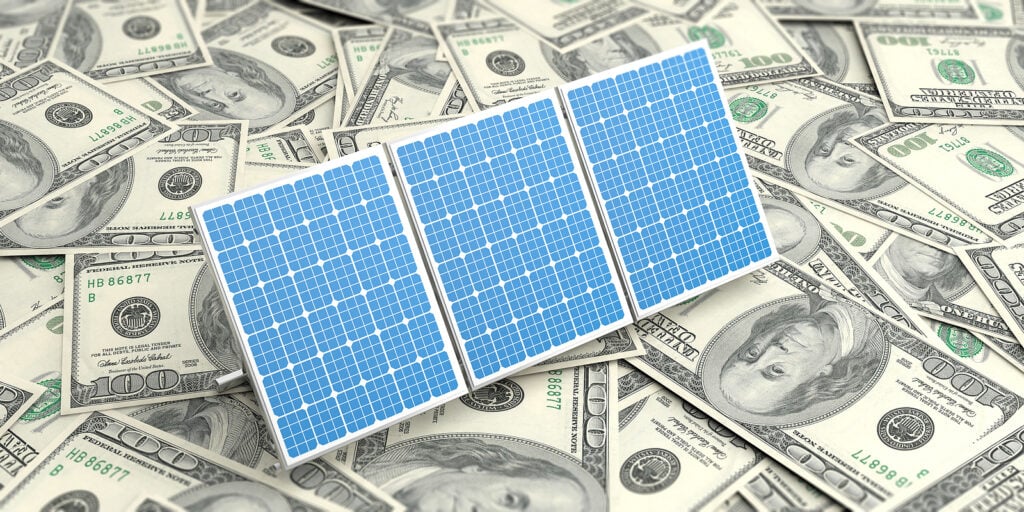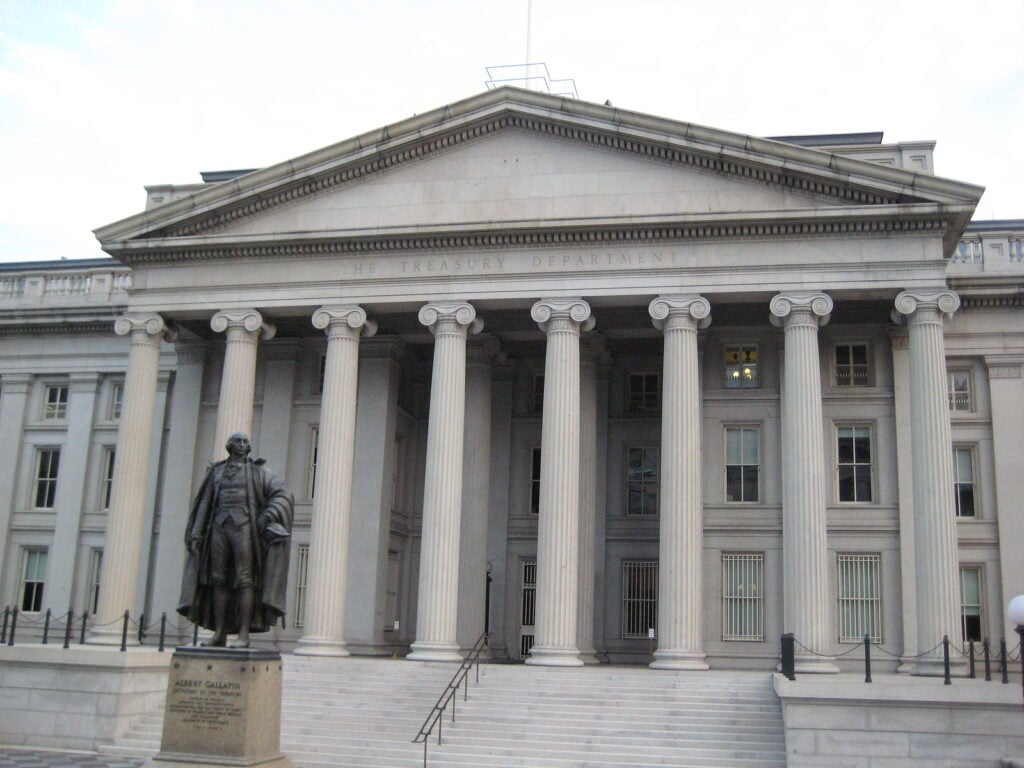Manchin Gives Away Billions To Left Wing Interests Via Inflation Act
The Federal government has already spent well over $100 billion on renewable credits for electricity production since their enactment three decades ago, and the “Inflation Reduction Act” will cost taxpayers another $98 billion. The proposed bill is full of incentives for renewable energy technologies, chief among an extension of wind and solar tax credits significantly increasing subsidies for them, provided additional criteria are met during construction. It also offers new tax credits for domestic manufacturing of solar panels and wind turbine parts as well as energy storage projects sited separately from renewable generation facilities. Wind and solar projects would effectively get an extension on tax credits for production and investment, as would stand-alone energy storage projects. If Senator Joe Manchin wanted to handicap natural gas and coal generators and force more retirements, this is certainly a way to do it. The United States would be forcing renewable energy in the same fashion as Europe has been doing.
The Renewable Tax Credits
The Production Tax Credit (PTC) and the Investment Tax Credit (ITC) are modified as follows:
- The tax credit qualification for wind, solar and several other types of electricity-producing facilities would be extended to those starting construction before Jan. 1, 2025 (previously January 1, 2022).
- The base production tax credit amount would be decreased to $0.003 per kilowatt hour (previously $0.015 per kilowatt hour). If the facility meets prevailing wage and apprenticeship requirements, the base production tax credit amount is multiplied by five (back to $0.015 per kilowatt hour). The base credit is also adjusted for inflation.
- The phase out clause which reduced wind project PTC over time has been removed (previously 40 percent reduction to the base PTC rate). The removal of the phase out is not retroactive.
- The base Investment Tax Credit (ITC) amount has been decreased to 6 percent (previously 30 percent). If the facility meets prevailing wage and apprenticeship requirements, the base ITC is multiplied by five (back to 30 percent).
- The solar ITC phase out clause is removed (previously 26 percent going to 22 percent). The removal of the phase out is not retroactive.
- There are new PTC and ITC uplift bonuses added to the calculated base rate based on domestic content (steel, iron, or manufactured product that is part of the project at the time of completion must be produced in the United States), energy community (a brownfield site, an area with significant fossil fuel employment, or a census tract or any immediately adjacent census tract in which, after December 31, 1999, a coal mine has closed, or, after December 31, 2009, a coal-fired electric generating unit has been retired), and low-income community requirements. These credits can be stacked (10 percent uplift each).
- Solar projects have the option to claim the PTC in lieu of the ITC.
- Stand-alone energy storage projects qualify for the ITC, which was not available previously. The ITC is available at the base 6 percent rate for projects starting construction before January 1, 2033. Afterwards, it starts phasing out (5.2 percent before January 1, 2034 and 4.4 percent before January 1, 2035).
- Direct pay options for renewable developers would be limited to tax-exempt entities in the case of wind, solar and storage. This is direct subsidies instead of tax treatments.
- There are new manufacturing tax credits offered to companies that make crucial foreign-sourced equipment, including battery anodes, solar cells and wind turbine blades.
- Domestic manufacturers could earn new production tax credits that vary depending on the precise item, such as polysilicon and inverters, along with processing of dozens of critical minerals.
- The credit could also be claimed for offshore wind vessels, looking forward to the demand for vessels to construct and service offshore wind farms planned on the Atlantic seaboard. The U.S. taxpayer would now be subsidizing ships.
Example of the Old and New PTC Credit
Assuming an average qualified facility produced 84,000,000 kilowatt hours per year, under the old rules for the production tax credit, it would be allowed a credit up to $1,512,000 (84,000,000 x .018 cents) each year for ten years as the phase-out was in effect. Under the proposed changes, provided the wage and apprenticeship requirements plus the domestic content usage are met, the credit would increase to $2,772,000 per year (84,000,000 x .03 x 1.10 percent) each year—83 percent higher—for ten years, resulting in an increase of over $12.6 million over a ten-year period. Note the base factors are inflation adjusted. Also, note that there are other up-lift factors not included in this example that could apply if the project qualifies.
Conclusion
The Senate’s proposed Inflation bill is full of investments and tax credits that encourage Biden’s transition to renewable energy, which is just force-feeding inefficient and expensive alternatives using taxpayer funds that elbow out reliable, affordable American natural gas and coal and raise electricity prices for consumers. Average electricity prices in the United States increased 7 percent from 2009 to 2017 despite the relative cost of coal and natural gas having declined and little new generating capacity being built, except for wind and solar power that were mandated by certain states. Several states with major increases in wind and solar power saw electricity prices increase by 18 to 36 percent during that period. Clearly, the political and media hype that wind and solar power are cheaper forms of energy is not true, based upon the results and the fact that the bill lards subsidies across most aspects of the Green New Deal’s vision of how to redesign the U.S. energy system.
Yet, Senator Manchin claims the bill specifically brings down energy prices. The only way that could be the case is if battery storage is free for it is not factored into the price of wind and solar power that need it for backup. In fact, it is very, very expensive. And the Inflation Reduction Act’s incentives do not make it free to consumers so his constituents, West Virginians, will see higher energy prices, heavily subsidized by taxpayers.
With all the spending on incentives and state mandates for wind and solar power, they together produced just 12 percent of our electricity and 5 percent of our primary energy last year.
*This article was adapted from content originally published by the Institute for Energy Research.




